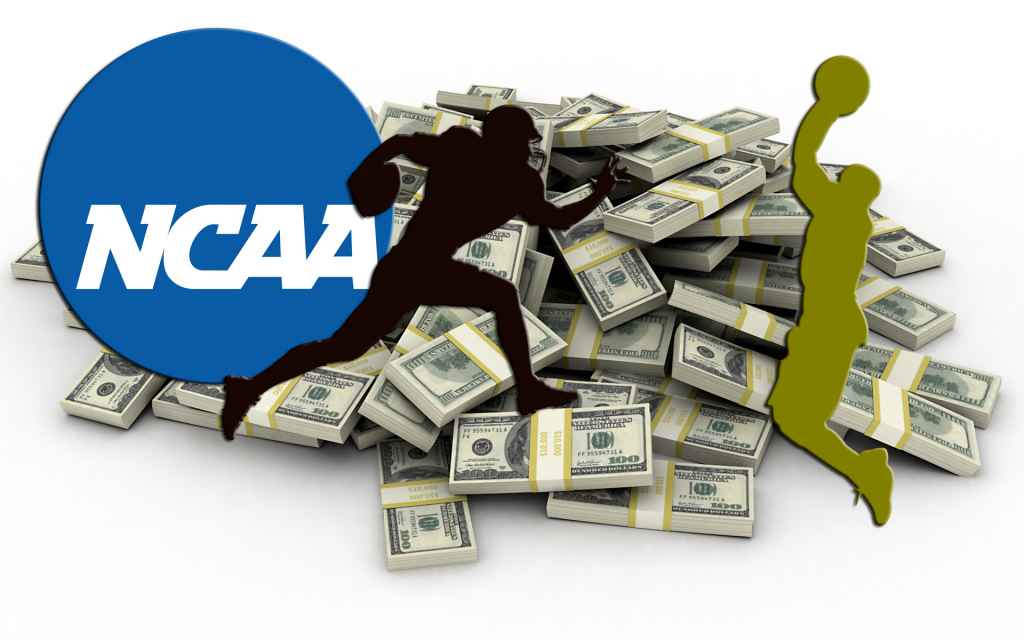College athletics are currently in uncharted waters. Between the NIL and the advent of the transfer portal, student athletes have more power than ever. While on the surface it’s a huge win, these rule changes have come with some consequences.
For generations players at the collegiate level have been transferring. Whether it be for playing time, to be part of a winning program, to follow a coach, or just general dissatisfaction with their current program.
It was fairly common to see kids hitching their wagon to the coach that recruited them or taking their talents to a conference where they could get more exposure. The only downside to changing schools was the student athlete would have to sit out an entire year before being eligible to suit up for their new program. While one year may not seem like much, any fan of college football can tell you how much changes in a year.
One year can turn Joe Burrow from a fringe day 2 draft pick to a Heisman winning, record setting quarterback. One year can mean the coach you just followed gets fired after a disastrous season. One year means the players you just came to play with declared for the draft or decided to transfer themselves.
The world of transfers was forever altered when the NCAA decided to lift the rule making transferring players sit out one year. If a young man enters the transfer portal now, they are eligible to enroll and suit up for their new team immediately. Without the fear of losing a season, the flood gates have opened. More than 1,300 players have entered the transfer portal since August of 2021. As I’m writing this, that is an average of roughly 220 players per month.
But not all transfers are created equal. While a majority of student athletes transfer for the reasons stated above, a select few are taking their talents elsewhere for the almighty dollar. If you haven’t heard, as of July 1st 2021 college athletes can now be compensated for use of their name, image or likeness; under the NIL.
The NIL is seen as a huge step forward when it comes to compensating student athletes. Gone are the days of Johnny Manziel generating a reported $37 million dollars while not seeing a penny. Now these kids have a chance to profit off of their hard work. And rightfully so, too many careers have been derailed by catastrophic injuries to not give these student athletes some financial assurances.
Under the NIL, a player can now profit off of their popularity. They can be offered endorsement deals from companies big and small. They can be paid for autographing merchandise, hosting meet and greets or appearing at public events. They
But there has been some… unexpected consequences. Number one prospect in the class of 2022, Quinn Ewers, reclassified and graduated highschool early to take advantage of the new NIL regulations. He reportedly inked a $1.4 million deal with a sports merchandise company. Alabama freshman, Ga’Quincy “Kool-Aid” McKinstry signed an NIL deal with his nicknames namesake. Even a class of 2023 quarterback prospect, Jaden Rashada is making money from NIL deals and he hasn’t even committed to a university yet.
All of this to say we are currently in the midst of an unprecedented situation. Fans, coaches and media members are all sitting back and watching the very nature of college athletics change before our eyes. Of all the NIL deals and transfer portal madness to go on in the last 6 months, none are more captivating than Caleb Williams.
A star quarterback at Oklahoma last season. He decided to enter the transfer portal after The Sooners Bowl game win over Oregon. While it wasn’t exactly shocking news, especially after the departure of head coach Lincoln Riley. What is shocking is that he appears to be holding a bidding war for his services.
While under the rules of the NIL, a program can’t physically cut a player a check. There are many ways to circumvent the rules. For example, the owner of Public Storage and USC alumnus, B.Wayne Hughes could offer a player a $3 million deal to “endorse” his company, Public Storage. Of course that would be contingent upon transferring to USC.
So while this is the only situation so far that has become a public bidding war for a players services, a lot of prestigious universities have alumni in big businesses with long money. This could essentially be the beginning of NCAA free agency. Especially when NIL bylaws all but give the green light to universities to facilitate endorsement deals for their student athletes.
Player “A” could potentially receive an offer to go to Ole Miss with a $500K autograph signing deal. Two years later, the team is underperforming, the scheme doesn’t maximize their talent so Player “A” feels they should enter the transfer portal. You could have teams and their big money backers lining up to be the highest bidder.
In the near future, schools with very rich alumni could shift the power away from the blue bloods. You could see Stanford, Northwestern, and Cal stacking four and five star recruits like Lego; on the strength of NIL deals. As long as the moneys being paid to athletes is considered “at market value” they can be paid upwards of seven figures for their services.
Will the love of the game and a chance at glory keep these players going to the traditional power houses? Or will the power of a dollar win the day? This is so very new so it’s hard to know for sure. What is known is that the landscape of college athletics will be changing rapidly. It’s not your granddaddy’s game anymore.
